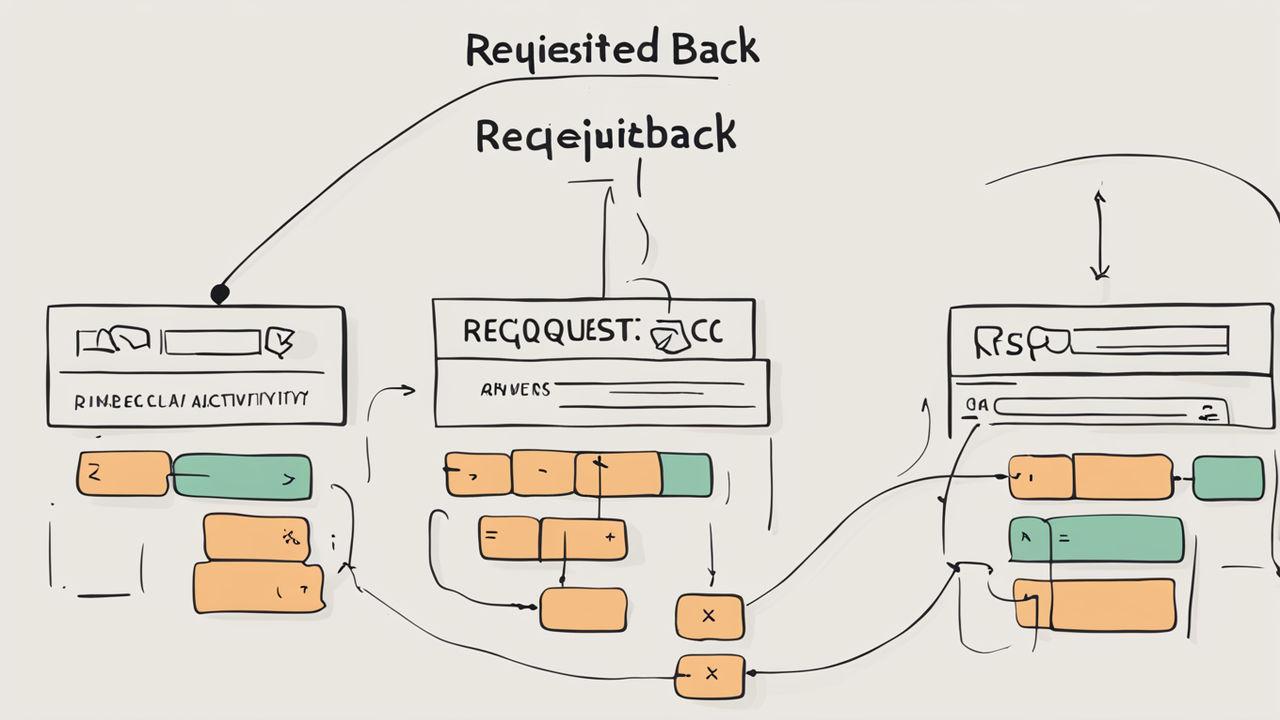Detailed Explanation of Repaint and Reflow: Understanding Browser Rendering Mechanism
- 360Words
- 2Minutes
- 05 Sep, 2024
In front-end development, understanding the concepts of Repaint and Reflow is crucial, especially when aiming to optimize web performance. This article will explain their differences, trigger conditions, performance impacts, and provide some optimization suggestions.
What is Repaint?
Repaint occurs when visual changes are made to an element without affecting its layout. Common triggers include changes in color, background, shadows, or other visual styles.
Conditions that trigger Repaint
- Changing styles like color, background, font, shadows that do not affect the layout.
Repaint Overhead
The overhead of repaint is relatively low since it only involves visual updates to the element, without recalculating the page layout.
Example
1element.style.backgroundColor = 'red'; // This triggers a repaint but does not affect the layoutWhat is Reflow?
Reflow (or layout) occurs when changes to the element’s size, position, or structure happen, requiring the browser to recalculate the layout of the elements. This can affect not only the modified element but also others, or even the entire page.
Conditions that trigger Reflow
- Adding or removing DOM elements
- Changing layout-related properties like width, height, margin, borders
- Resizing the window, adjusting font size
- Changing positioning properties like
position,top,left, etc.
Reflow Overhead
The overhead of reflow is higher, especially on complex pages, as the browser needs to recalculate the layout of the entire rendering tree, which can impact rendering performance.
Example
1element.style.width = '200px'; // Changing the width triggers a reflowDifferences Between Repaint and Reflow
- Repaint: Only affects the element’s appearance, such as color or background, without layout calculation, leading to relatively low overhead.
- Reflow: Affects the size, position, or structure of elements, involves recalculating the page’s or part of the layout, leading to higher overhead.
How to Optimize Repaint and Reflow
Frequent repaints and reflows can burden web page performance, especially in animations or complex layouts. To optimize performance, consider the following tips:
- Minimize DOM Manipulations: Reduce unnecessary DOM operations and batch multiple changes into a single operation.
- Use CSS
transformandopacity: These properties trigger only repaint, not reflow, making them suitable for animations. - Use
requestAnimationFrame: For complex animations, usingrequestAnimationFramecan reduce excessive reflows.
Conclusion
Understanding the difference between repaint and reflow helps in writing high-performance web pages. By minimizing unnecessary reflows and repaints, front-end developers can enhance page load speed and interaction smoothness, delivering a better user experience.
